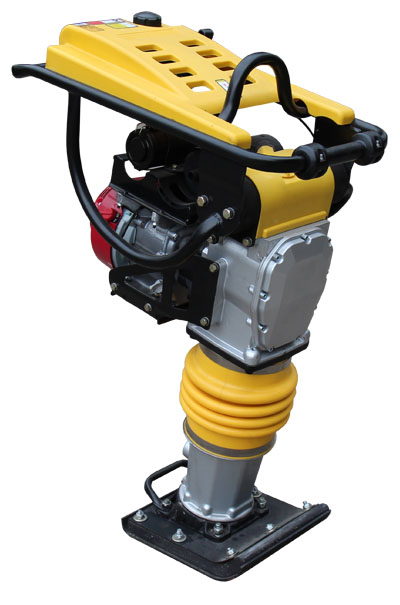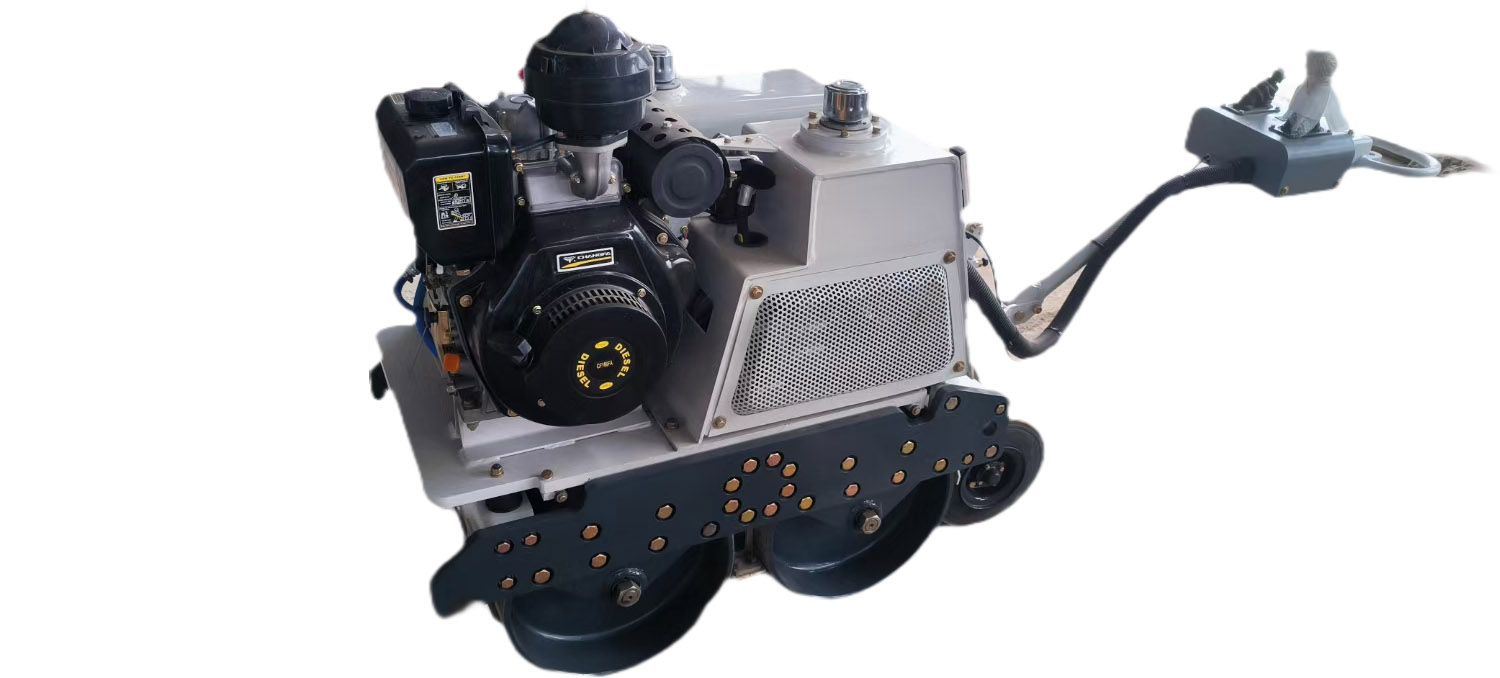Understanding Compactors Compacteurs: Types, Weights, and Applications
Compactors are essential tools in construction and landscaping, used to compress and stabilize soil, gravel, and asphalt. They come in various types and sizes, each suited to specific tasks and materials. This article delves into the different types of compactors, their operational weights, and their respective applications, providing a comprehensive overview for anyone interested in this critical aspect of construction machinery.
Types of Compactors
1. Plate Compactors
Plate compactors, also known as vibratory plate compactors, are typically used for compacting soil and gravel in confined areas. They consist of a heavy, flat plate that vibrates to compact the material beneath it.
- Single-Plate Compactors: These are ideal for smaller jobs, such as compacting soil for patios and sidewalks. They are relatively lightweight, making them easy to maneuver.
- Reversible Plate Compactors: These offer the added functionality of moving forward and backward, which increases their efficiency for larger areas.
- High-Frequency Plate Compactors: Designed for granular soils, these compactors operate at higher frequencies, providing faster compaction rates.
2. Road Rollers
Road rollers, or steamrollers, are primarily used for compacting asphalt in road construction. They can also be used for compacting soil and landfill. These machines are characterized by their large, cylindrical drums.
- Single-Drum Rollers: These are typically used for soil compaction. They are effective in large, open areas where deep compaction is required.
- Double-Drum Rollers: Equipped with drums on both the front and back, these rollers are ideal for asphalt compaction, providing a smooth finish.
- Pneumatic Rollers: Featuring rubber tires instead of drums, these rollers are used for final compaction and sealing of asphalt layers, offering a more uniform compaction.
3. Rammers
Rammers, also known as tamping rammers or jumping jacks, are used for compacting cohesive soils in confined areas. They have a smaller footprint compared to plate compactors and are ideal for trench work and tight spaces where precision is required.
4. Vibratory Compactors
These compactors combine vibration with heavy weights to achieve deep compaction. They are used for a variety of applications, including road construction and landfill projects.
Weight Classes of Compactors
Compactors vary widely in weight, with each class suited to different tasks and material types. Here’s an overview of compactors across different weight classes:
100 kg to 300 kg Compacting Weight
- Plate Compactors: In this weight range, plate compactors are ideal for light to medium-duty tasks such as compacting soil for small foundations, driveways, and pathways. Their lighter weight makes them easy to transport and operate, especially in tight spaces.
- Rammers: Typically falling within this range, rammers are perfect for trench work and areas with limited access, providing precise compaction of cohesive soils.
300 kg to 600 kg Compacting Weight
- Reversible Plate Compactors: These compactors are used for larger areas that require more substantial compaction, such as parking lots and large patios. Their ability to move in both directions enhances their efficiency.
- Small Single-Drum Rollers: Suitable for medium-sized construction projects, these rollers offer deeper compaction than plate compactors and are used for compacting soil and sub-bases.
600 kg to 1000 kg Compacting Weight
- Large Single-Drum Rollers: These are used for heavy-duty soil compaction in road construction and large-scale landscaping projects. Their significant weight allows for deep compaction, making them suitable for preparing the base layer of roads.
- Double-Drum Rollers: Within this weight range, these rollers are primarily used for asphalt compaction, ensuring a smooth and even surface for roads and parking lots.
Above 1000 kg Compacting Weight
- Heavy Road Rollers: These compactors are used in major infrastructure projects, such as highways and airport runways. Their immense weight ensures maximum compaction and durability of the constructed surface.
Applications of Compactors
Compactors are used in a wide range of construction and landscaping projects, including:
- Road Construction: Road rollers and large vibratory compactors ensure a stable and durable road surface.
- Building Foundations: Plate compactors and single-drum rollers prepare the soil for constructing strong foundations.
- Landscaping: Smaller plate compactors and rammers are ideal for pathways, driveways, and garden projects.
- Trenching: Rammers are used to compact soil in narrow trenches for utilities and pipelines.
- Landfill Projects: Large vibratory compactors and pneumatic rollers compact waste and cover soil to enhance stability and reduce space.
Conclusion
Compactors are versatile and indispensable tools in construction, each type and weight class designed to meet specific needs and materials. From the lightweight plate compactor to the heavy-duty road roller, understanding the capabilities and applications of each type ensures the right equipment is used for each job, enhancing efficiency and ensuring the durability of the constructed surfaces. Whether you’re building a garden path or a major highway, there’s a compactor suited to the task at hand.
| Model | C60(Forward) | C100(Forward) | C160 (Reversible) |
| Power | Loncin G200, 6.5HP | Robin EY20, 5.5HP | Kama 178F 7HP |
| Centrifugal Force | 12kn | 20kn | 30kn |
| Vibrating Frequency | 4900vpm(hz) | 7000vpm(hz) | 4000vpm(hz) |
| Max travel Speed | 20m/min | 20-25m/min | 20-25m/min |
| Plate size | 510x370mm | 580x480mm | 690x480mm |
| Compaction depth | 28cm | 35cm | 35CM |
| Weight | 70Kg | 105Kg | 160Kg |
| Dimension | 750*410*650mm | 680*580*750mm | 820*490*1130mm |
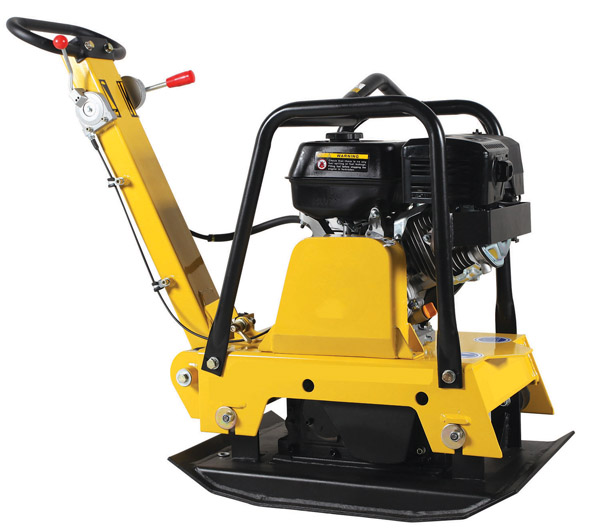
| Model | Walk-Behind | Walk-Behind | Ride on | Full Hydraulic |
| / | CR300 | CR700 | CR850 | CR1000 |
| Operating weight | 300kg | 610kg | 800kg | 1000kg |
| Exciting force | 15kn | 25kn | 20kn | 20kn |
| Power | 170F | 178F | 186F | Honda GX390 |
| Power | 5.5HP | 9.0HP/8.0HP | 9.0HP/9.0HP | 13HP |
| Drive Type | Hydraulic | Hydraulic | Hydraulic | Hydro-static Drive |
| Vibration Control | Automatic | Automatic | Electromagnetic | Electromagnetic |
| Static linear load | / | / | / | 20n/cm |
| Water Tank | 18L | 20L | 15L | 60L |
| Hydraulic Oil Tank | 0.3l | 21L | 5L | 19 L |
| Steel Wheel Size | Φ425×600mm | Φ425×600mm | Φ540×740mm | Φ560×700 |
| Package Size | 0.9*1*1.3m | 1.5*1*1.2m | 2.1*1.7*1.3m | 1.9×1.1×1.3mm |
| Starting Type | Manual | Electric | Electric | Electric |
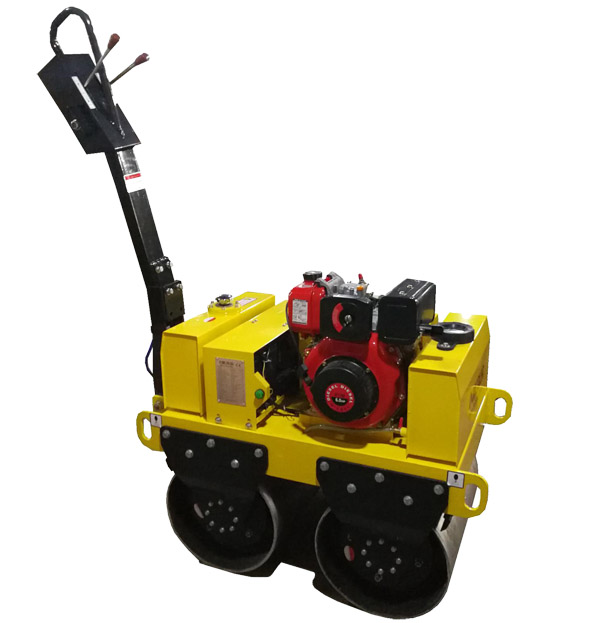
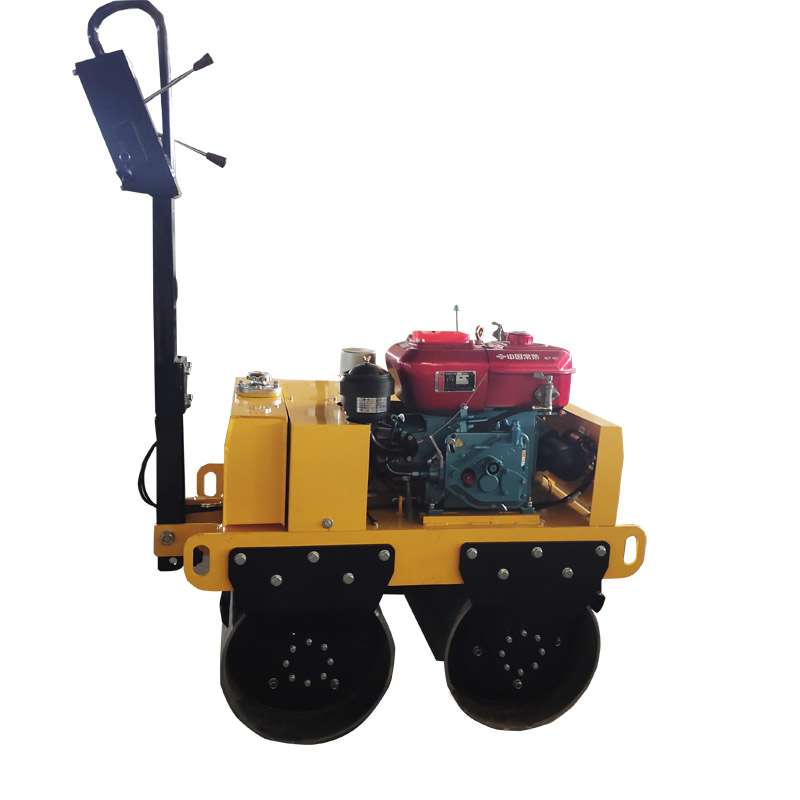
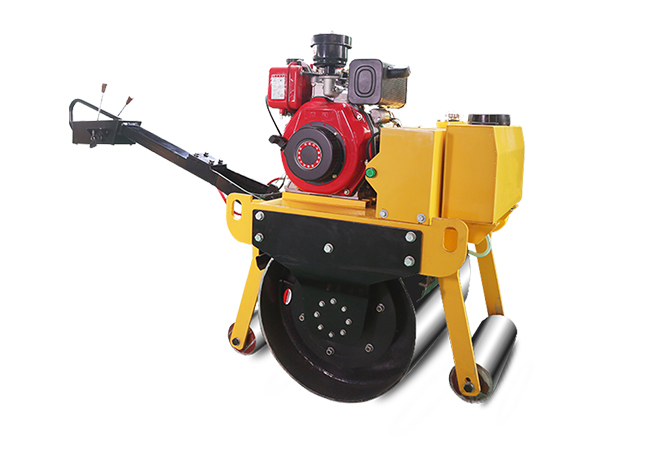
| Model | VR70S | VR80H |
| Net weight | 70kgs | 70kgs |
| Impact frequency/ force | 10hz(600rpm) / 15kn(1500kgs) | 10hz(600rpm) / 14kn(1400kgs) |
| Travelling speed | 820m/hr | 650-695 min |
| Jumping stroke | 60mm | 40~85mm |
| Engine model | Robin EY20/Honda GX160/Diesel Eninge170F | Robin EY20/Honda GX160/Diesel Eninge170F |
| Shoe size | 280×330 mm | 330×285 mm |
| Overall size | 450×780×1020mm | 460×760×1140mm |
